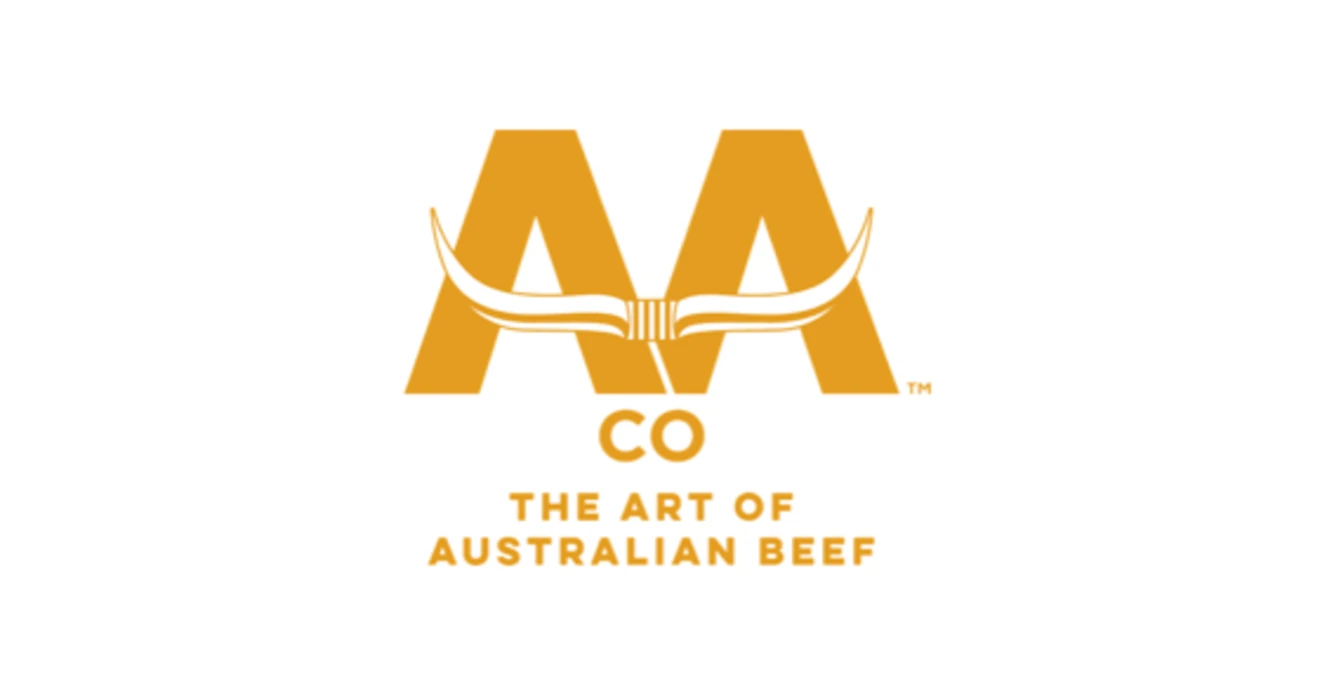Australian Agricultural Co Ltd
Key Information
HQ:
Australia
Market Cap:
$0.56bn
Primary Markets:
Asia, Oceania
Business Type:
Protein Producer
Company Information
Company Summary
Australian Agricultural Company, founded in 1824 and based in Newstead, Australia, produces, processes and markets cattle and beef products in Australia
Revenue
Total revenue:
$0.4bn
Revenue by Geography
Revenue by Protein
Revenue by Product Type
Disclosures
CDP ScoresLast Reviewed: 16/10/2024
| CDP Climate | CDP Forests | CDP Water |
|---|---|---|
| No | No | No |
Science Based Target initiativeLast Reviewed: 16/10/2024
| Target classification | Status | Date |
|---|---|---|
| Has not set SBT | - | - |

